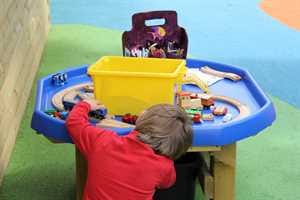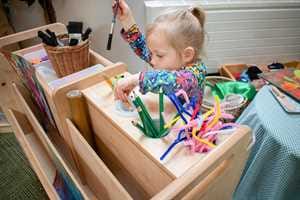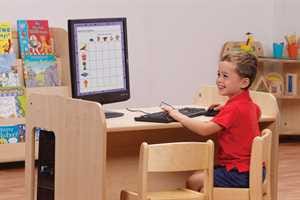
Children's Health
Effective Ways to Support Working Memory in Pupils!
Our memory helps us to retain and process information and to store it for future use. As teachers we want our students to learn effectively and to be able to remember what they have learned in the future. This blog examines working memory and provides approaches to support students who may struggle with working memory capacity.
Short-term Memory
Short-term memory is a memory that is temporarily stored and readily accessible, usually only lasting for a few seconds. We use short- term memory to remember someone’s name, phone number or specific title of a book or place.

We usually forget this information if we don’t make an effort to store it in our long-term memory.
Long- term Memory
Long-term memory allows us to recall things we have learnt, childhood memories as well as knowledge and facts we have gathered over the years. Long-term memory also allows us to perform actions without conscious awareness such as riding a bike, driving a car or playing an instrument.
Working Memory
Sometimes referred to as our active memory, working memory plays a large role in how we process, use and remember information and new facts on a daily basis.
Working memory works with information given and is important for many functions in daily life such as planning, multi-tasking, learning, communicating, problem solving and evaluating.
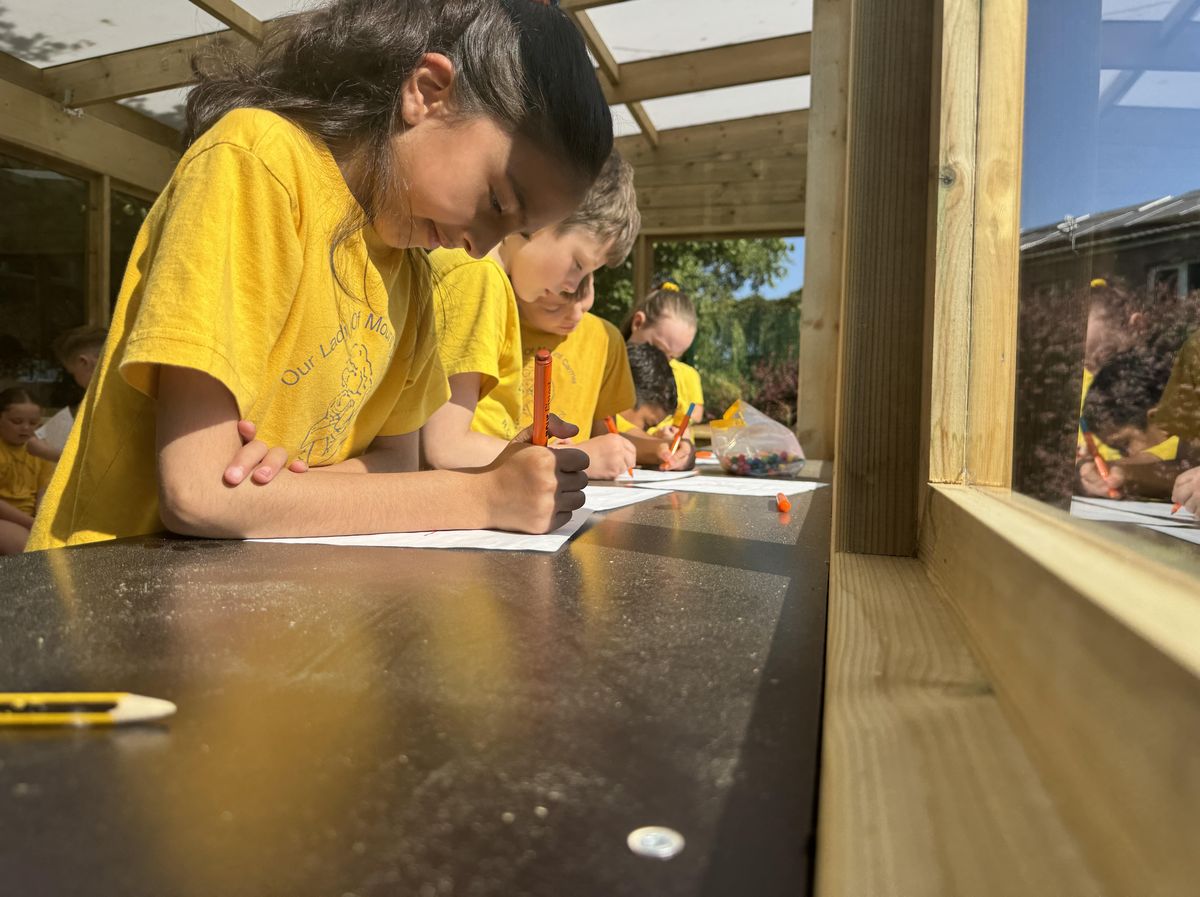
Recalling a set of directions, adding up the total cost of the items in our shopping basket and remembering someone’s name to introduce them to others are all examples of how we use working memory in our lives. Working memory allows us to investigate our experiences and make sense of the world around us.
Working in partnership with long-term memory, working memory pulls out specific facts and information when we need them, helping us to process information in order to reach a current goal.
Working memory has limited capacity and holds information only as long as it is being used. We may hold something in our working memory for 20-30 seconds unless we process it, apply it or talk to somebody about it. How often have we forgotten someone’s name we have just been introduced to or failed to recall a direction in a sequence and ended up getting lost?
Differences in Working Memory Capacity
Differences in working memory capacity between different children of the same age can be large. One in ten students is believed to have poor working memory which is around three children in a class of 30.
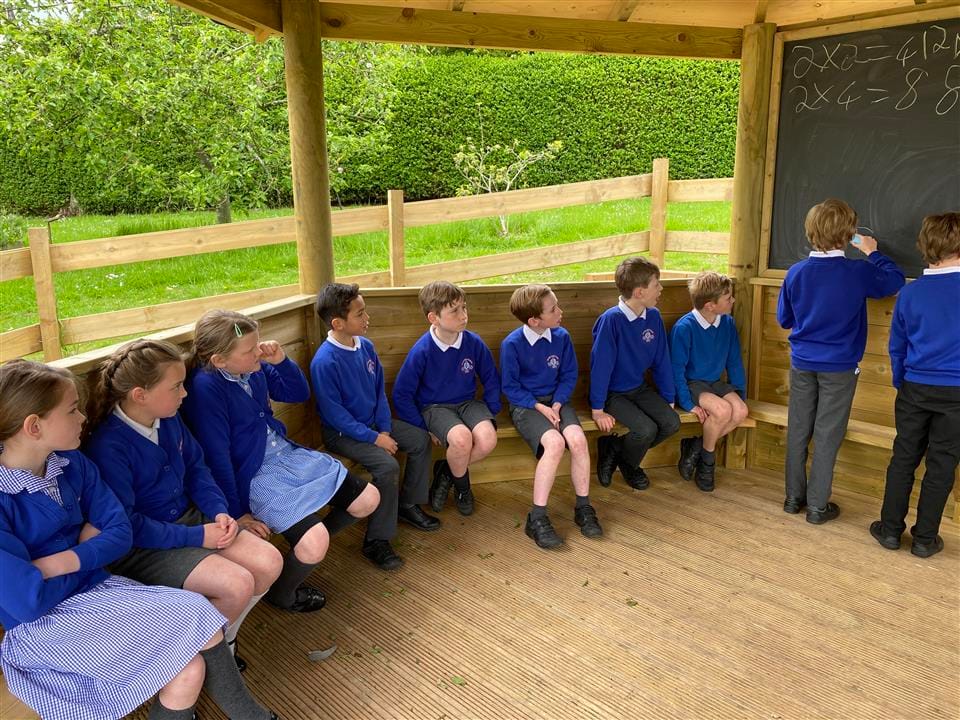
Research has shown that children with poor working memory capacities do not catch up with those of their peers. Even though working memory capacity increases with age it may not increase at the same rate as other individuals.
Working Memory in the Classroom
Many of the curriculum areas children study in the classroom place burdens on working memory.
Activities often require children to hold information in their minds whilst doing something else that is mentally challenging. Subjects such as reading comprehension, word problems, mental arithmetic and also copying from the board or navigating around school may prove to be difficult.
Children often have to keep different things in their brain at the same time such as remembering teacher instructions whilst carrying out a task and for children with poor working memory this is where they will struggle the most.
Difficulties in a Classroom Environment
Information is permanently lost from working memory through overload or distraction. Therefore, it may not be possible for a child to proceed with an activity and see it through to a successful conclusion unless they are able to access critical task information again. A child may be forced to guess or abandon a task completely leading to delays in learning.
Lengthy instructions which require different steps may be tricky for children with poor working memory as they may simply forget what it is they have to do.
Writing down a sentence spoken by a teacher or copying from the board may be difficult as a child needs to hold the sentence in their working memory in order to write the next word. This is why words may be jumbled, repeated or misspelt.
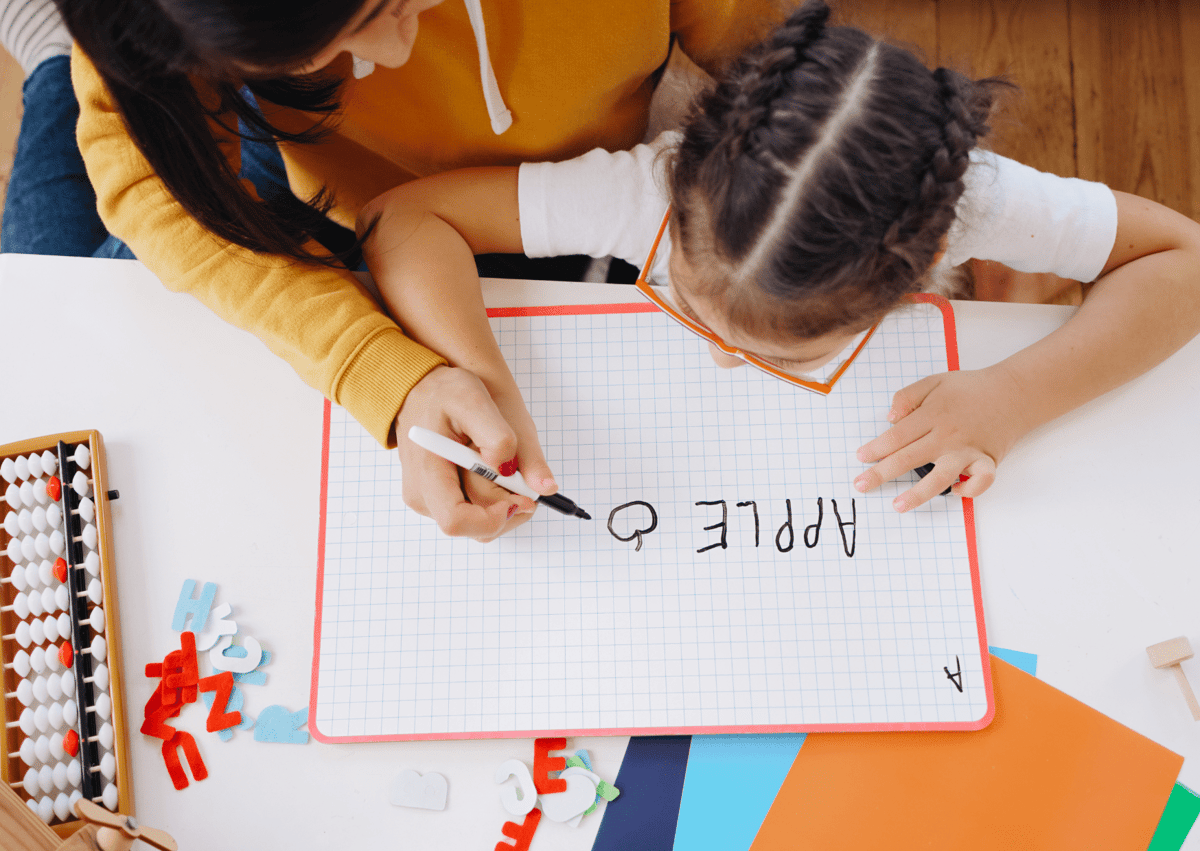
When learning to read children have to remember the shapes of different letters, link that to the sound associated with that letter and then learn how to combine these letters to create words which places strain on working memory capacity.
Signs to Look Out for in Children with Poor Working Memory
How can we spot if a child has working memory problems? Working memory problems can be misunderstood with educators believing a struggling student is unmotivated or lacks focus.
Typical students with poor working memory:
- are well-adjusted socially.
- are reserved in group activities, rarely volunteering answers or answering direct questions.
- have difficulty organising/completing a task with multiple steps (they may often stop or lose their place.)
- find it difficult to wait for their turn (interrupt or ask a question and then forget what to say when called upon.)
- display poor academic performance in reading and mathematics.
- appear to have a short attention span and to be easily distracted.
Typical Classroom Signs to Look out for include:
- a child may forget some or all of the words in a sentence or sequence of words.
- failure to follow instructions – a child may not remember all of the instructions or the correct sequence.
- a child may repeat or skip words when reading/writing or miss out large chunks of a task.
- task abandonment – a child may give up on a task completely.
Students with Additional Needs
Students with additional needs may demonstrate poor working memory capacity. This may include students with difficulties in reading and mathematics including dyslexia, ADHD and development coordination disorder.
How Best to Help Children with Working Memory Difficulties
Teachers can monitor a child’s classroom learning activities and modify them, if necessary, in order to ensure that he or she is working within their working memory capacity without being overloaded.
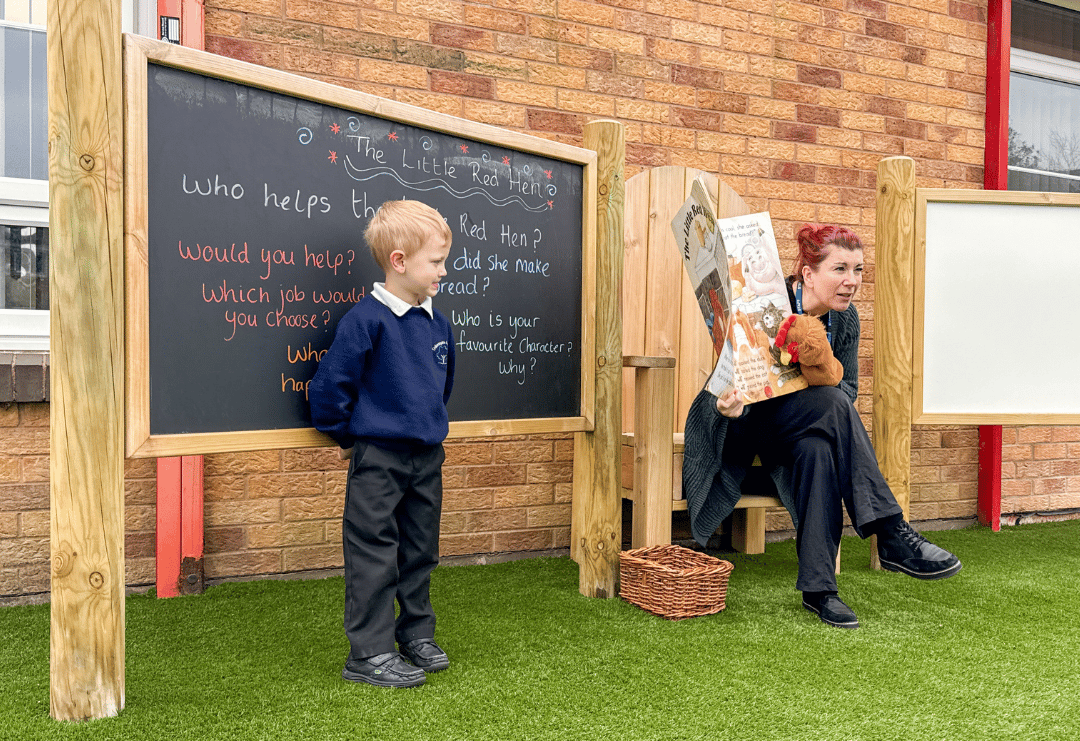
Students with working memory difficulties will need more support as tasks get longer, become more complex, have unfamiliar content or demand more mental processing.
Reduce Working Memory Load
This can be achieved by:
- Breaking tasks into smaller chunks. One task at a time is best, if possible.
- Keep new information and instructions brief and to the point and repeat in a concise fashion for the student.
- Give one instruction at a time or repeat a set of instructions giving children time to process them. Ask children to repeat what is expected of them to a partner.
- Provide written directions such as First, Next, After or visual prompts (Widget symbols) displayed on the board for reference.
- Increase the meaningfulness and degree of familiarity of the material to be remembered by providing examples that students can relate to.
- Provide information in multiple ways: vocally, visually, use modelling and provide opportunities for hands-on learning.
- Provide opportunities to repeat the task.
Use Memory Aids
- Include useful spellings on whiteboards, on cards or create a personalised dictionary.
- In mathematics lessons make use of practical apparatus such as number lines, number square, multiplication square, Numicon, Base ten and Unifix blocks
- Printed notes, wall charts and classroom displays may reduce processing demands of an activity. Classroom displays should be simple and organised effectively. For pupils to use theses displays well they need to be taught how.
- Talking Tins to play information that needs to be remembered.
- Provide checklists for multi-step tasks.
- Use a graphic organiser such as a KWL grid (What I Know, What I Want to Find Out and What I have Learned.) This tool activates prior knowledge, helps to generate questions and helps students to connect what they learn to what they already know.
- Use rhymes, songs, movements and patterns such as ‘He ate and ate, till he was sick on the floor to remember 8x8=64.’Music and physical routines linked to fact learning can help students to memorise and act as a cue for retrieving specific information.
.jpg)
In order to introduce these tools children will need plenty of demonstration and practise in just using theses aids to establish basic skills before they can be used in more complex activities.
Encourage Students to Ask for Help
It is not always easy for children with working memory problems to know how to ask for help. Teachers can support pupils by encouraging them to ask for instructions to be repeated, ask to be reminded where to locate information or asking what to do next.
Educators can direct pupils to memory aids which will specifically help before tasks begin.
Teaching Strategies to Support Working Memory
- Chunk lessons into clear, manageable, structured sections. If a child knows for example that 15 minutes will be spent on this and then 10 minutes on that, they will know what to expect. A student will not need to use their working memory to process what will happen next and can focus on what they are actually going to be taught.
- Pause at least twice within the lesson and ask for a quick summary from students.
- Ask students to paraphrase content, children may be more likely to remember if they hear their own voice or a peer’s voice.
- Allow plenty of time for rehearsal and processing. For example, if a student is completing a piece of writing allow them to physically draw and plan their work before orally retelling. This will help children to see their learning in different ways and to make connections before writing.
- Allow plenty of time for students to retrieve information and give advanced warning of questions that will be asked.
- Recap prior learning. Look at work recently completed and the steps taken to complete that piece of work.
- Show examples of children’s work within lessons so that pupils can see what you want them to produce. Use a visualiser to display work which can be used as a point of discussion, to share learning and approaches taken with each other.
- Allow students to doodle or note take to help them to remember things and stay alert.
Consider the Classroom Environment
Research undertaken by the ‘Clever Classrooms’ project may help students with working memory difficulties to learn better. The project suggests pupils benefit from:
- Easy access to nature. Also consider adding natural elements in the classroom such as plants or wooden chairs/desks to allow pupils to experience natural elements.
- Light walls with a feature wall highlighted in a brighter colour help to create an appropriate level of stimulation.
- Keep windows clear to maximise natural light.
- Well-defined and age-appropriate learning zones are important to facilitate learning.
- For older pupil’s simpler space configurations support more formal teaching.
- Displays should be designed to provide a lively sense to the classroom, but without becoming chaotic. As a rule of thumb 20-50% of the available wall space should be kept clear.
Physical Exercise and Working Memory
Working memory has been shown to benefit from physical exercise. Strategies that engage and make use of movement and the body can support effective learning.
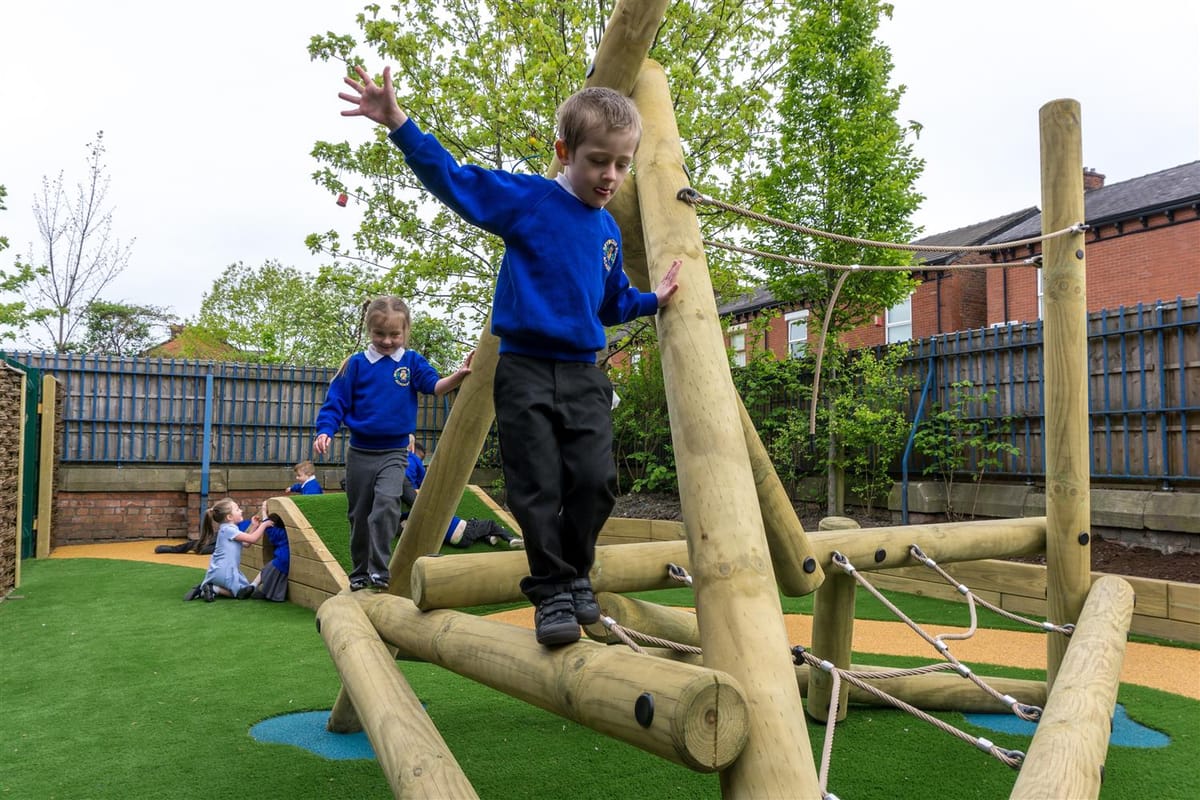
By designing tasks and activities that appeal to pupils in a multisensory way teachers can make new information more easily comprehensible and memorable. Physical activity in the classroom can include play-based approaches, gesturing, acting, movement and tracing.
Allowing students to move around, use hands-on materials, play games and engage in drama and art can help to reinforce concepts.
Physical activity breaks during lessons are a useful strategy to improve working memory performance in children.
The Importance of Implementing Working Memory Strategies.
Working memory underpins learning and is strongly linked to academic success. If we want information to stick, we need to make sure that children are thinking deeply about it. Not just seeing it or hearing it but connecting it to what they already know.

Studies have shown that working memory ability is linked with attainment in standard tests. When we consider that we need working memory to hold on to and manipulate information it is easy to see how this is essential for learning. It is important that we use appropriate strategies/interventions that support children’s working memory.
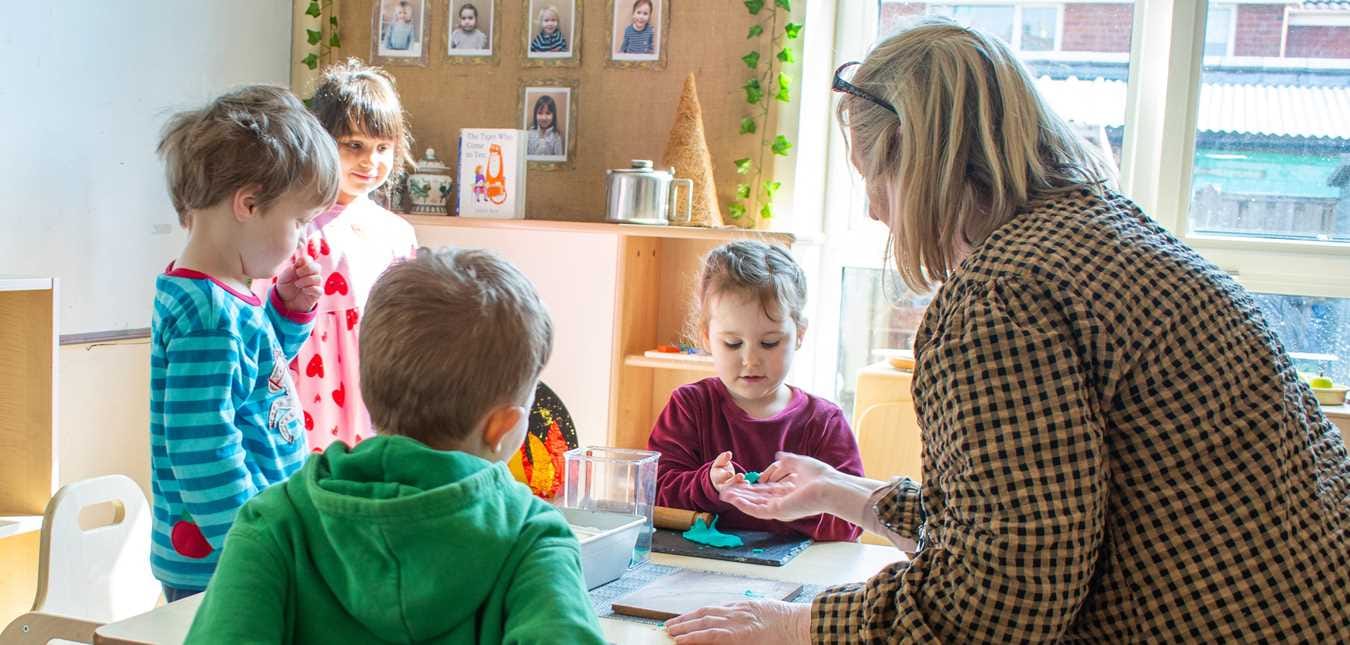
.JPG)

